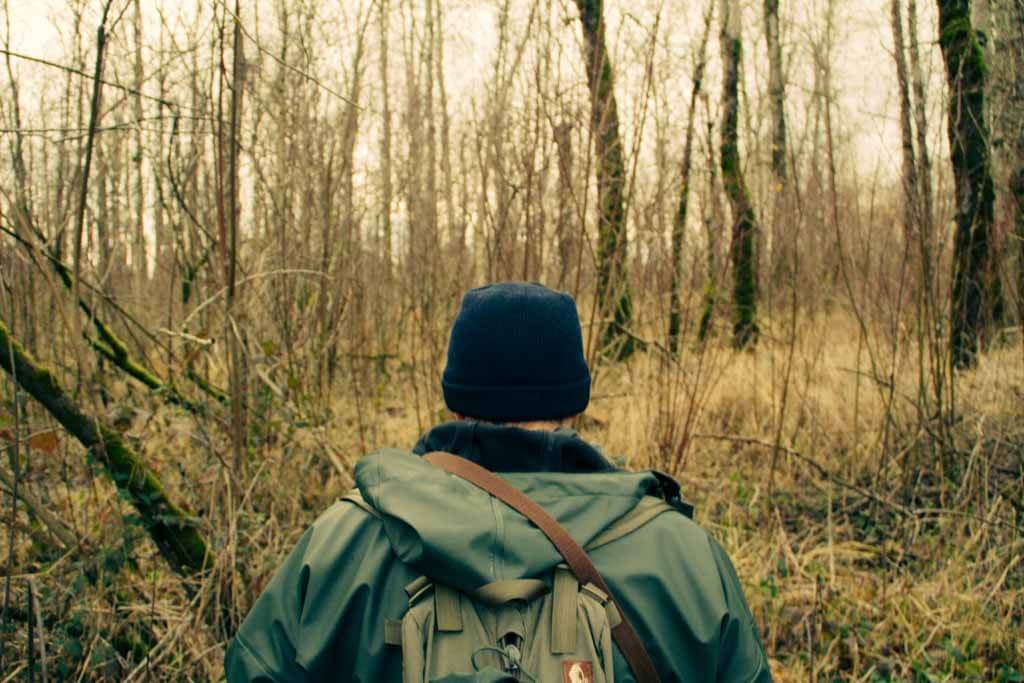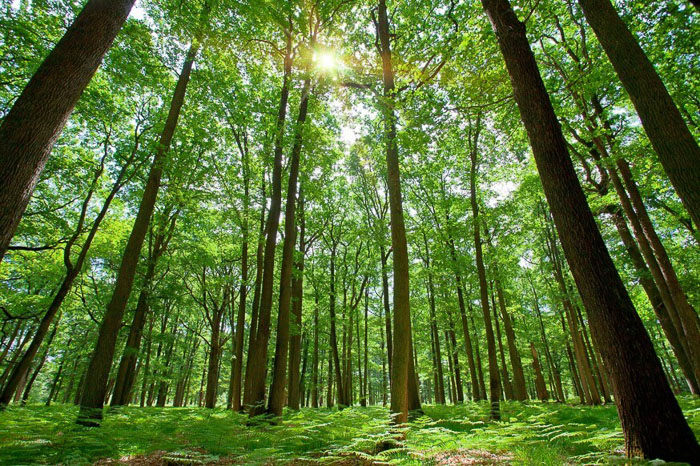If you’ve recently bought timberland or are thinking of doing so, there are a few details you should know about caring for your investment. Here are 8 things to do once you have the deed in hand.
- Find a forester
- Understand your land
- Develop a management plan
- Obtain timber insurance
- Control access to your property
- Manage wildlife
- Join a timber organization
- Stay up to date with regulations
Find a forester
Hopefully, you involved a forester in the purchase process. If you did, a lot of your work is already done. If you didn’t, you should contact one very early in your ownership.
To make the most of your investment, you will need a forester’s wisdom and experience to help you be a responsible steward of your land. Not only will this guidance help now, it will also set you up for years of successful land ownership, leading to better timber yields in years to come.
Understand your land
Once you have a forester’s services, you will be able to know and understand your land’s topography, soil, and tree species. This information will help you develop a long-term management strategy to maintain and harvest the land’s resources.
There’s a good chance that if you invested in land, you didn’t do so just for the money. You probably wanted to connect with the land in a deeper way, much like a farmer with his fields.
As you spend time on your land, you will come to find what makes it unique. At highway speed, most forested land looks alike, but when you spend time under the tree canopy, climbing hillsides or driving trails, you’ll know what makes this spot just a little different.
You’ll get to know the topography, the shape of the land. You’ll learn that steeper areas are harder to manage or harvest, and that lower areas will generally be more fertile and the trees will grow better. You will also learn about the different species that are native to your location. Finding out how each species plays a unique role in its ecosystem is one of the joys of learning about the forest.

Create a management plan
With the help of a forester and the knowledge you gain from learning your land and trees, you will be able to put together a forest management plan. This plan should lay out the best way to care for your forest, set up a schedule for harvesting the timber, and make plans for adding trails or access roads on your property. The plan should also address your goals for post-harvest reestablishment of your forest.
Obtain timber insurance
Timberland is a long-term investment, and many things can go wrong over the course of a few decades. Besides, timberland is a living investment. This means that it is susceptible to injury from diseases, insect pests, and natural disasters such as drought, fire, and strong winds. It is also liable to man-made losses such as theft or willful destruction.
Obtaining timber insurance can protect you from devastating financial losses, and is not unlike crop insurance purchased by farmers. In general, timber insurance coverage depends on the value of the timber, location, and risks associated with the timberland. Timber insurance provides compensation when there is significant damage to your timberland or loss of revenue due to the inability to harvest timber.
Control access to your forest
Part of stewarding your property is keeping track of who has access to it. Although it’s rarely desirable or practical to fence off a large tract of land, you still want to put some thought into the matter.
Neighboring landowners are one of the best resources that you have. Getting to know them and making plans to communicate with them will help monitor activity on your land.
In some states, hunters may be allowed to hunt a property if it isn’t clearly posted against trespassers. Even if you post signs, they may not keep everyone out. But the signs will likely deter some trespassers, and they may give an extra level of protection from liability claims.
If you do want to give someone hunting access, you should let neighboring owners know. In general, the more the neighbors know what’s “normal” for your property, the more likely they will be to notice something suspicious.
Think about the wildlife
Your woods provide wildlife habitat, and you should consider managing these habitats. Wildlife and the forests exist in symbiosis. Generally, what is good for one is good for the other.
But before you make any wildlife management decisions, you should get to know what species exist on your timber tract and in what numbers. This information will guide you in maintaining a habitat that will promote their flourishing.
Wildlife needs diverse habitat to thrive, and not every forest is as healthy or diverse as it should be. It’s possible that steps you take while the property is in your possession can improve these conditions. Depending on your interest and ability, you could seek help from a wildlife expert. With the right information, you will know how each section of your property can be used to increase life in your woods. You may even opt to leave a portion of your land untouched to preserve the ecosystem and provide safe havens for wildlife.
If you allow hunting, it’s crucial to practice responsible hunting. By doing so, you’ll prevent overharvesting of game animals and ensure sustainable population levels. You can do this by controlling who is allowed to hunt your property and how much they are allowed to harvest.
Join a timber group
Joining timber-related organizations and getting involved with local forestry groups can provide a good networking opportunity, keep you informed about the latest management techniques and trends, and open up new business opportunities.
List of Pennsylvania Woodland Owners Associations
List of Professional Forestry Services and Organizations
Stay current with industry trends
Forests don’t need daily care to grow healthy. But regulations, the market, and environmental conditions are constantly changing. Your participation in timber organizations, and an ongoing relationship with a forester will help keep you up to date with these things that will affect your land and your profits. To be informed is to be prepared.
Conclusion
Purchasing timberland can be profitable, but the more you know about your investment, and the more effort you put into it, the more you can hope for solid returns in the years ahead.
Call today and speak with one of our foresters. They’ll be glad to answer any questions that you have!
